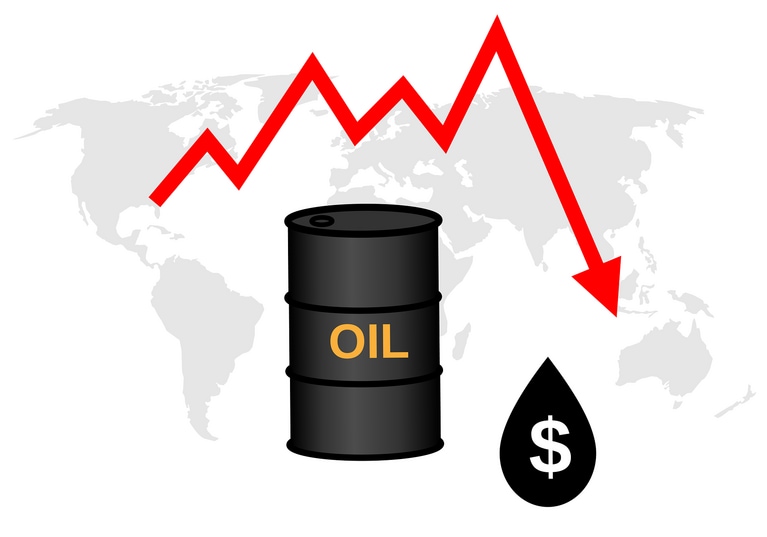Recent events may go down in Wall Street history given that the S&P 500 and Nasdaq indices have recorded a series of bullish days the likes of which we haven't seen in a long time. Such upward trends have been relatively rare in recent market history. The S&P 500 index continued its strong rally that began in late October, posting its seventh consecutive session of gains. The last time this happened was just over two years ago, in October 2021. A longer streak of gains was seen during the post-COVID financial market recovery in August 2020 when prices rose for 9 consecutive sessions.
Nasdaq 100 futures performing even better
Meanwhile, Nasdaq 100 futures have posted eight consecutive sessions of gains. This is the best performance of this index since October 2021, when 11 consecutive upward sessions were recorded before a corrective move. Prior to this, the last 8-session streak occurred in June 2020. This highlights the relatively rare occurrence of such events and leads to speculation as to what has caused this unusual market behaviour this time around.
Short squeeze and falling yields contributing to gains?
The US economy is unlikely to recover much further, which would suggest that bond yields will struggle to rise much further. Recently, the world was talking about a 5% yield on US 10-year bonds, which was expected to put pressure on the equity market. However, despite the faltering recovery, the US economy is still in good shape. As a result, the pressure on rising yields is now starting to ease, which could help valuations on the major stock market indices and lead to massive short-covering. This could explain the recent rallies.
However, nothing particularly extraordinary has actually happened to prompt investors to rush into US equities. Recent earnings published from the sector are not impressive enough to explain the current gains, and there has been no breakthrough development such as the AI we saw earlier this year. All we have is a fall in yields and the hope that the Fed won't raise interest rates again. Poor economic data may be good news for markets for the moment, but probably only for the time being.
Will the US dollar get in on the action?
In this stock market puzzle, the only missing piece seems to be the US dollar. While yields have fallen and equities have risen, the dollar has remained relatively stable. However, it may only be a matter of time before the dollar also falls, which could provide further fuel for risk assets in the final months of the year.
Disclaimer: CMC Markets is an execution-only service provider. The material (whether or not it states any opinions) is for general information purposes only, and does not take into account your personal circumstances or objectives. Nothing in this material is (or should be considered to be) financial, investment or other advice on which reliance should be placed. No opinion given in the material constitutes a recommendation by CMC Markets or the author that any particular investment, security, transaction or investment strategy is suitable for any specific person. The material has not been prepared in accordance with legal requirements designed to promote the independence of investment research. Although we are not specifically prevented from dealing before providing this material, we do not seek to take advantage of the material prior to its dissemination.






